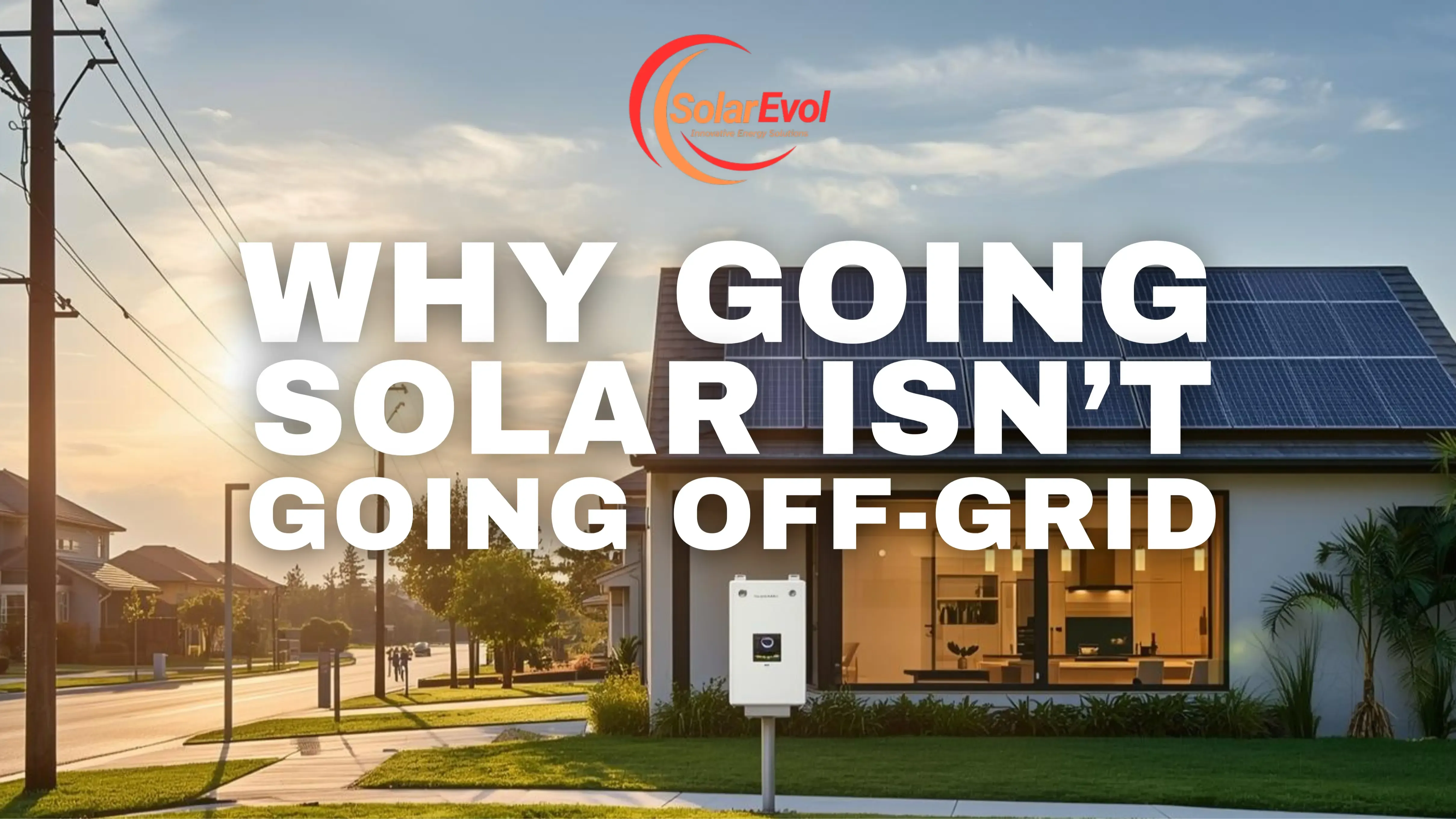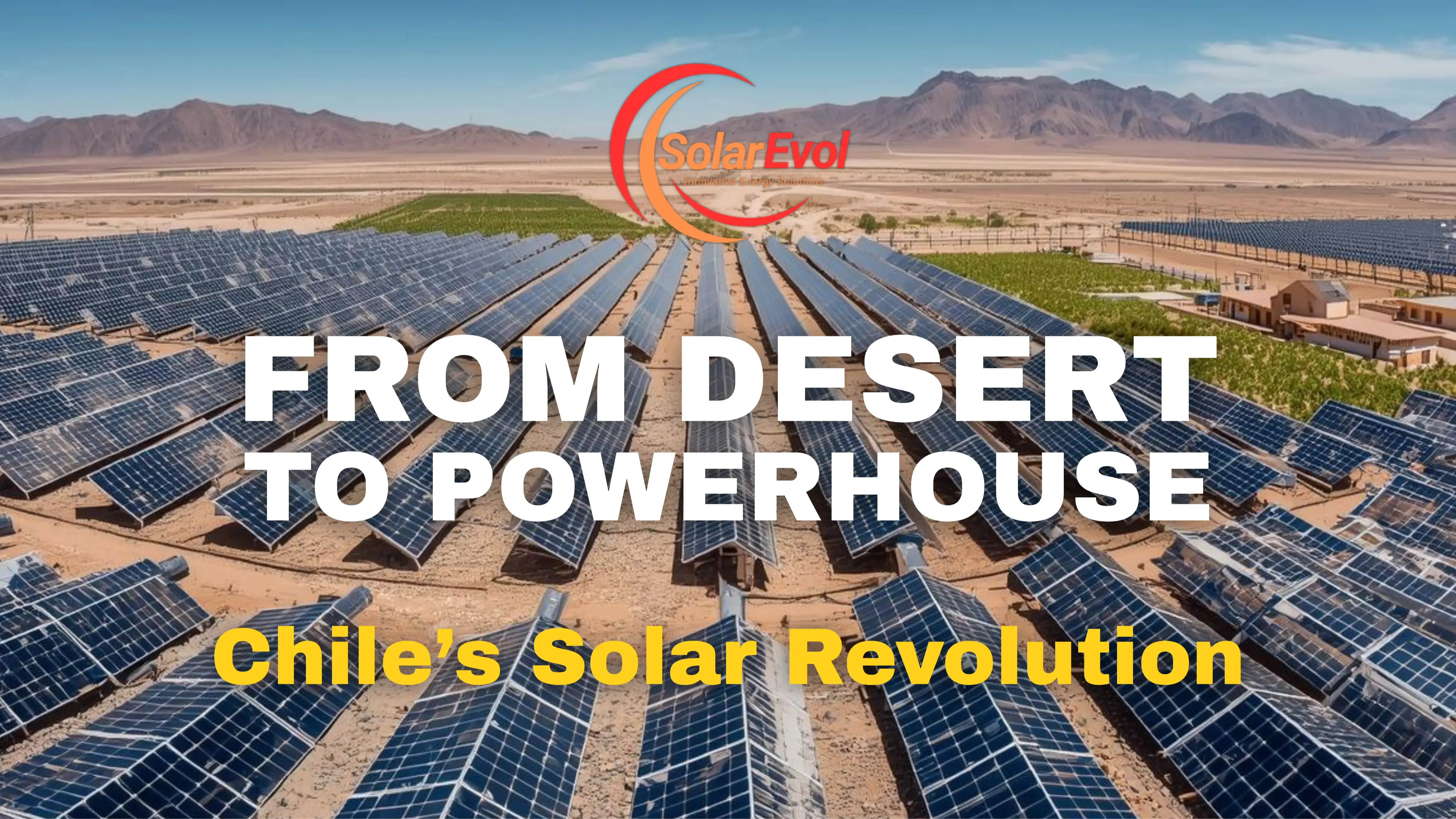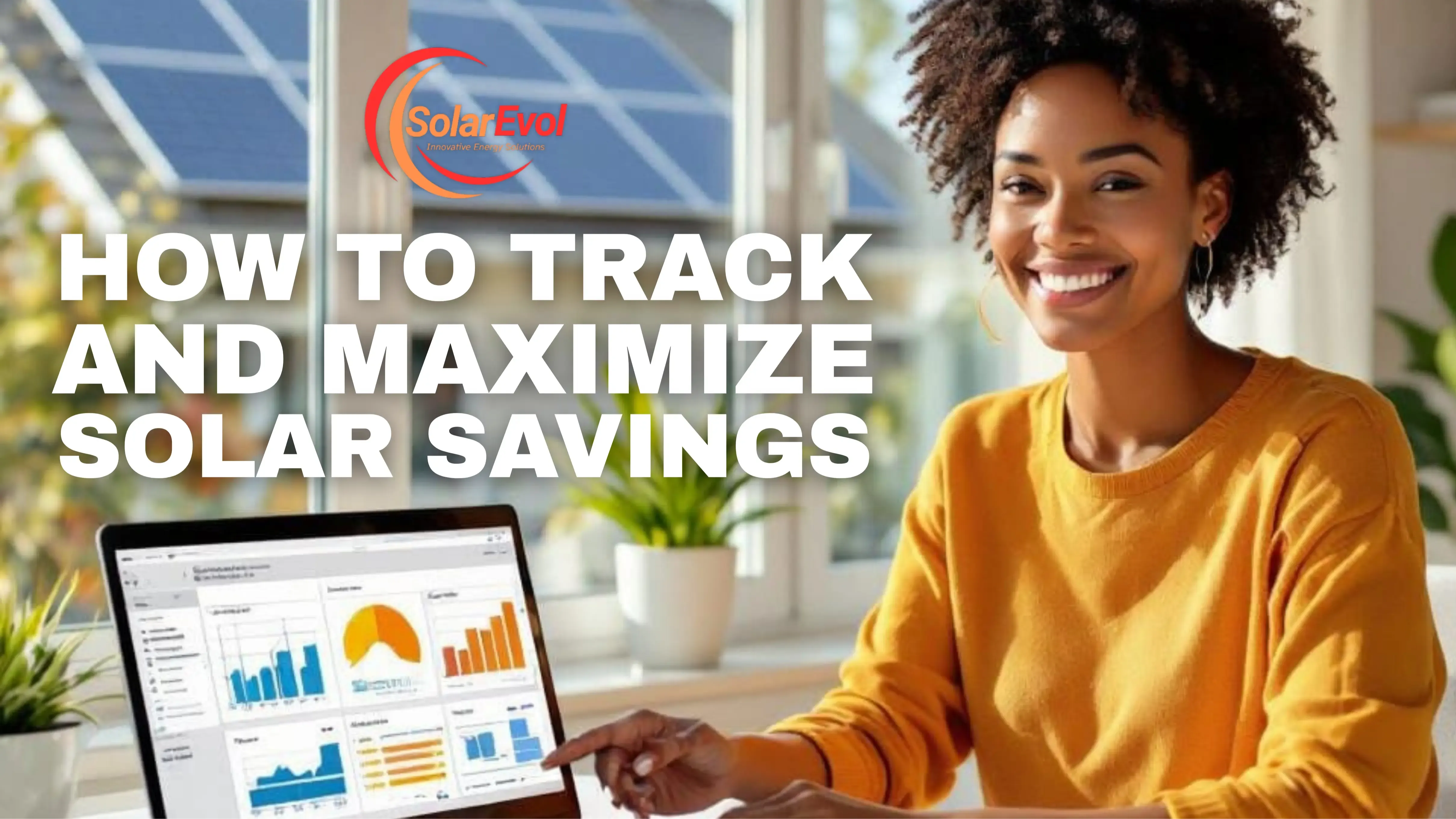
Solar Power Myths: Why Going Solar Isn’t Going Off-Grid
Nov 19, 2025 November 19, 2026
November 19, 2026
When people think about installing solar panels, they often imagine a rustic cabin in the woods, fully powered by the sun, with no wires leading to the outside world. No utility bills, no reliance on power companies—just total independence.
That vision has fueled one of the most common myths about solar:
“If I go solar, I have to go off-grid.”
The truth? That couldn’t be further from reality. While some people do choose full off-grid living, the vast majority of homeowners use grid-tied solar systems—where solar works hand-in-hand with the local utility grid.
🔎 Where the Myth Comes From
The myth exists because off-grid solar does exist. Remote cabins, desert ranches, and mountain homesteads often rely on solar panels paired with batteries and backup generators. In these areas, running power lines would be too expensive or impossible, so off-grid is the only choice.
But here’s the key difference: most homeowners don’t live in those places. They live in cities, suburbs, or towns where the electric grid is reliable. For them, solar works best as a grid-connected system.
✅ The Truth: Solar + Grid = Smart Energy
In reality, most solar homes remain connected to the grid. Why? Because it makes life easier, cheaper, and more efficient.
Here’s how a grid-tied system works in practice:
- Daytime Production
Your solar panels generate electricity whenever the sun is shining. Your home uses that power first, reducing your need to buy electricity from the utility. - Excess Power Goes to the Grid
If your panels produce more than you use—say, at midday while you’re at work—the extra flows into the utility grid. In many states, you earn credits through a system called net metering. - Nighttime or Cloudy Days
When the sun isn’t out, your home automatically draws power from the grid. No batteries required, no power interruptions—you always have energy when you need it.
It’s like having a two-way relationship with your utility company: you share your solar power when you have extra and borrow when you need more.
⚡ Going Fully Off-Grid: The Realities
Yes, you can go completely off-grid—but it’s not as simple as just installing panels. It requires a lot more planning and investment:
- Large Solar Array – Enough panels to cover your needs even on cloudy days.
- Battery Bank – To store solar power for nighttime and rainy stretches.
- Backup Generator – For emergencies or unusually high demand.
- Careful Energy Management – Off-grid living often means adjusting habits, like limiting heavy appliance use at night.
While possible, this setup is expensive and usually makes sense only in remote areas. For a typical homeowner, the cost of oversized systems and batteries outweighs the benefits—especially when the grid is available right outside your door.
🌍 Real-Life Examples Across Communities
- Suburban Homes
Most solar adopters in places like California, Texas, and New York use grid-tied systems. They lower their bills dramatically but stay connected for seamless power. - Rural Farms
Some farmers combine solar panels with battery storage, giving them resilience against outages. They stay grid-connected but enjoy more independence. - Remote Cabins
Here’s where off-grid solar shines. Imagine a cabin in Alaska or Arizona miles from the nearest power line—solar plus batteries becomes the only realistic option. - Hybrid Systems
Some homeowners want the best of both worlds: they stay grid-connected but add batteries for backup. This allows them to keep the lights on during blackouts while still earning net metering credits.
🏡 Why Staying Grid-Tied Benefits Homeowners
- Cost Savings
A grid-tied system is far less expensive because you don’t need oversized batteries. You simply rely on the grid as your “backup battery.” - Financial Incentives
Many states offer net metering programs, letting you earn credits for extra power. This dramatically shortens the payback period for your solar system. - Reliability
No matter how much the weather changes, you’ll always have power. Sunny day or stormy night, the grid has your back. - Flexibility for the Future
You can always add batteries later if you want more independence, especially as prices continue to fall.
💰 The Financial Picture
Switching to solar isn’t just about cutting ties—it’s about cutting costs.
- Payback Period – Most systems pay for themselves in 6–10 years.
- Long-Term Savings – With panels lasting 25–30+ years, that means decades of reduced or eliminated bills.
- Energy Independence – Even while grid-tied, solar shields you from rising utility rates.
For most homeowners, staying grid-connected maximizes both savings and peace of mind.
🌟 Why the Myth Matters
This myth often stops people from going solar. They think they need to “choose” between being fully independent or staying reliant on the grid. The truth is: you can have both.
Solar gives you independence from high bills, not independence from the entire grid. It’s about control, not isolation.
✨ The Takeaway
The myth is busted: going solar does not mean going off-grid.
For most homeowners, solar panels are designed to work with the grid, not replace it.
- You’ll save money through net metering.
- You’ll have reliable power 24/7.
- You can add batteries if you want more independence.
- And you’ll still enjoy the benefits of clean, renewable energy powering your home.
💡 Questions to Reflect On
- Would you feel more secure with solar + grid backup, or total off-grid independence?
- Could adding batteries to your system give you the best of both worlds?
- Does your utility offer net metering, and how much could you save with it?
- If you lost power in a storm, would you want solar batteries for resilience?
- Is your goal to eliminate bills, protect against outages, or both?
👉 Bottom line: Going solar isn’t about cutting ties—it’s about gaining freedom. You’re not forced to live off-grid; you’re empowered to choose how you power your life.
Stay connected with news and updates!
Join our mailing list to receive the latest news and updates from our team.
Don't worry, your information will not be shared.
We hate SPAM. We will never sell your information, for any reason.










